Affiliate links on Android Authority may earn us a commission. Learn more.
Make the most of your Apple HomePod with these tips and tricks
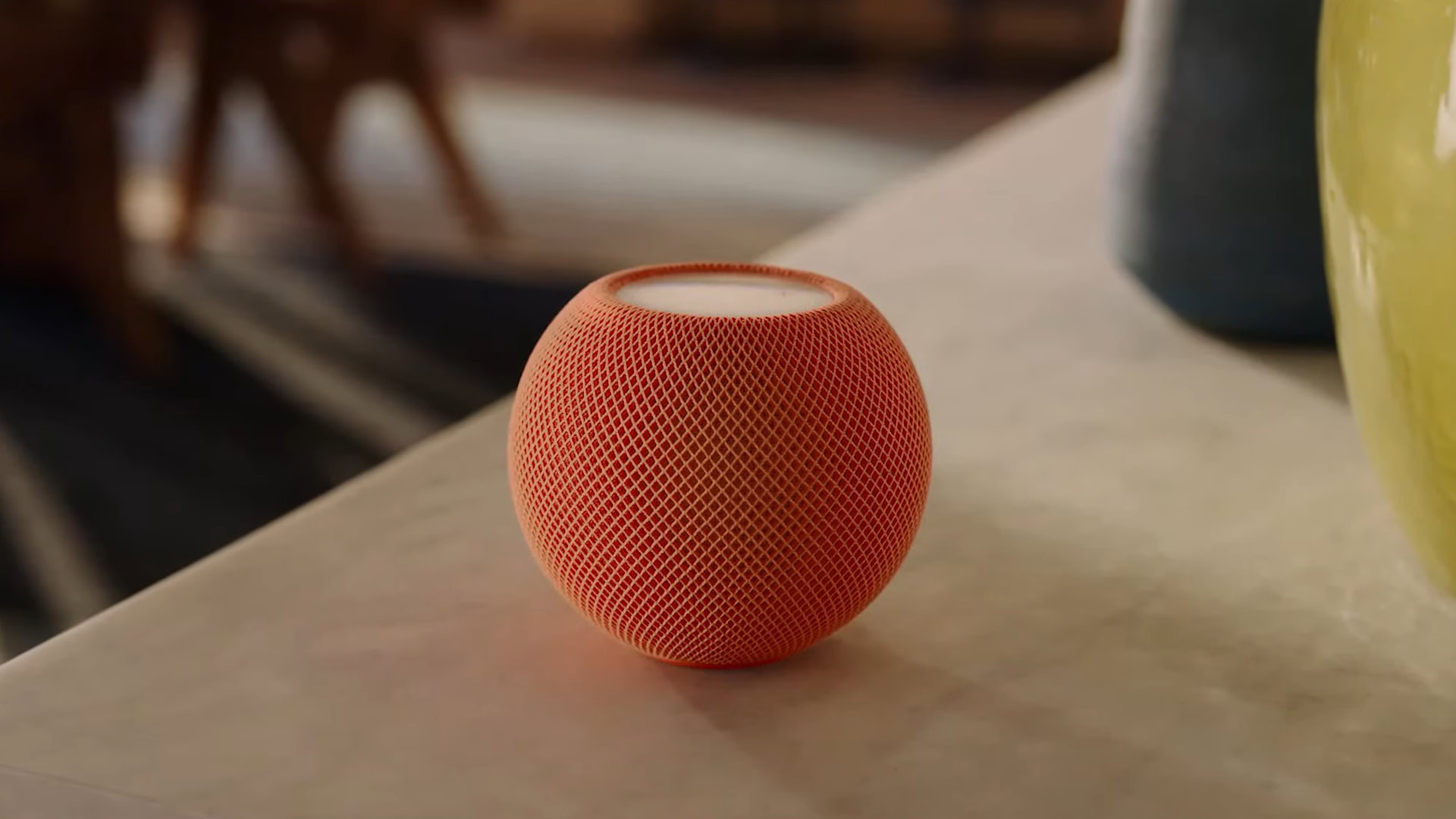
The HomePod mini and the defunct original HomePod are smart speakers built to merge seamlessly into Apple’s ecosystem. But as true as that might be, it’s not always obvious how to make them do what you need, or how to make the best use of their features. Here are a few Apple HomePod tips and tricks you should know about.
Read more: The best smart speaker you can buy
Play Spotify on your HomePod

While Apple has caved to pressure and now lets HomePod owners set default music platforms other than Apple Music, there’s still a conspicuous gap in Siri voice control: Spotify. You can play Spotify without too much trouble, it just requires an iPhone, iPad, or Mac for control.
Specifically you need to use the Spotify app’s Connect button, which looks like a speaker in front of a TV — you may have already used it to push music to Alexa, Bluetooth, or Google-based speakers. One of Connect’s options is AirPlay or Bluetooth, which includes products like HomePods.
The main downsides are that you’ll have to keep your control device handy, and that AirPlay effectively hijacks that device’s audio.
Use your HomePod(s) as a TV speaker
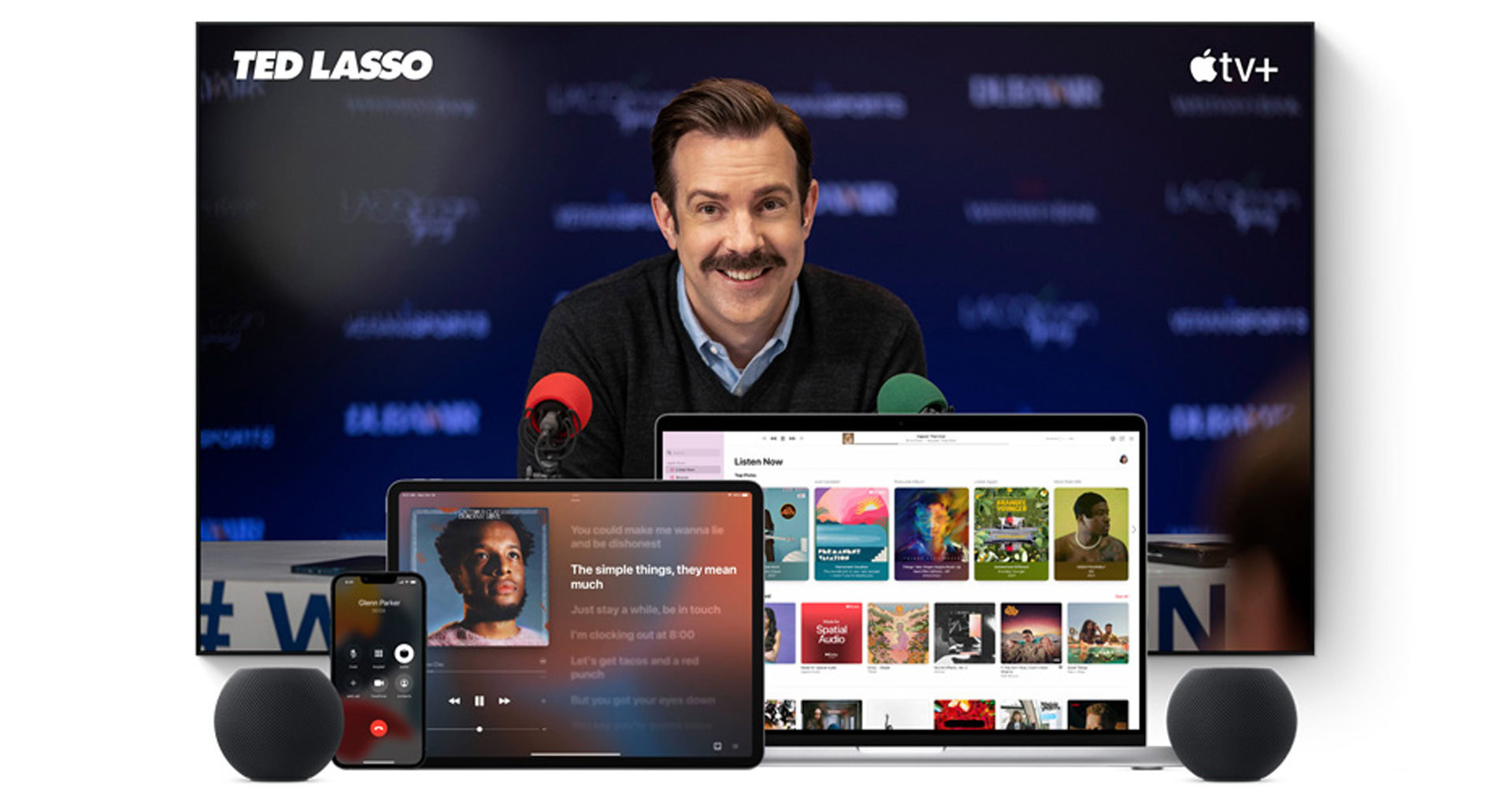
These days, the most cost-effective use of a smart speaker is in a home theater setup. That way you not only get all of the usual benefits, but also improved sound in TV and movies.
If you have an Apple TV 4K, you can set one or more HomePods as your default TV speakers. It should be noted that HomePod minis don’t support Dolby Atmos 5.1 or 7.1 surround sound, but you can still group them into stereo pairs.
The first step is to make sure that any HomePods are assigned to the same room as your Apple TV within the Apple Home app for iPhone or iPad. You can do this from a HomePod’s settings in the Home app, found by tapping and holding on its tile and then selecting the gear icon. If you have at least two HomePods of the same type, you should also see a Create Stereo Pair button.
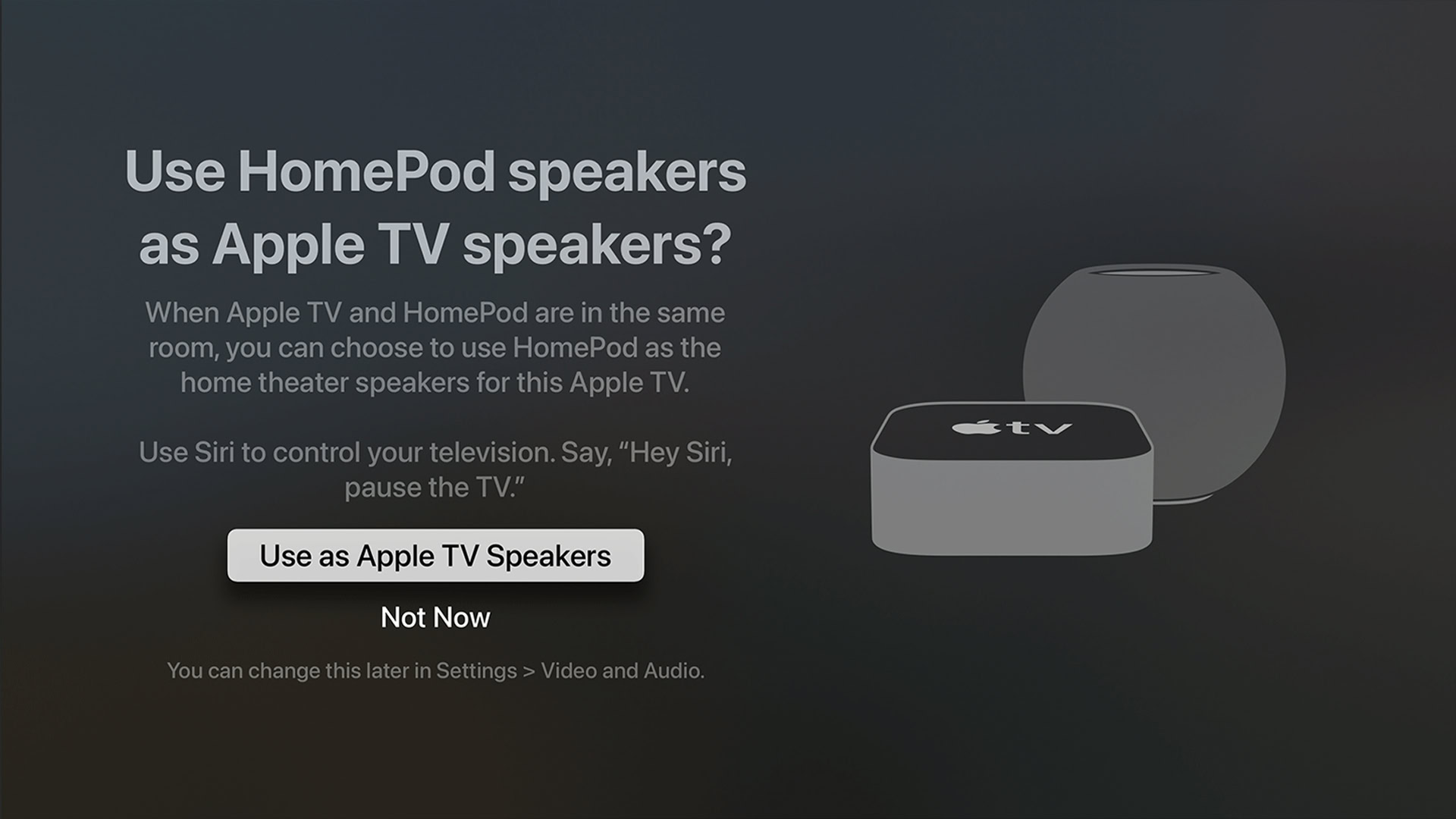
The next time you fire up your Apple TV, you’ll probably receive a message asking you if you want to use your HomePods as TV speakers. If you don’t, you can still make the change by launching your Apple TV’s Settings app, selecting Video and Audio, and then Audio Output.
Enable multiple users on the same HomePod
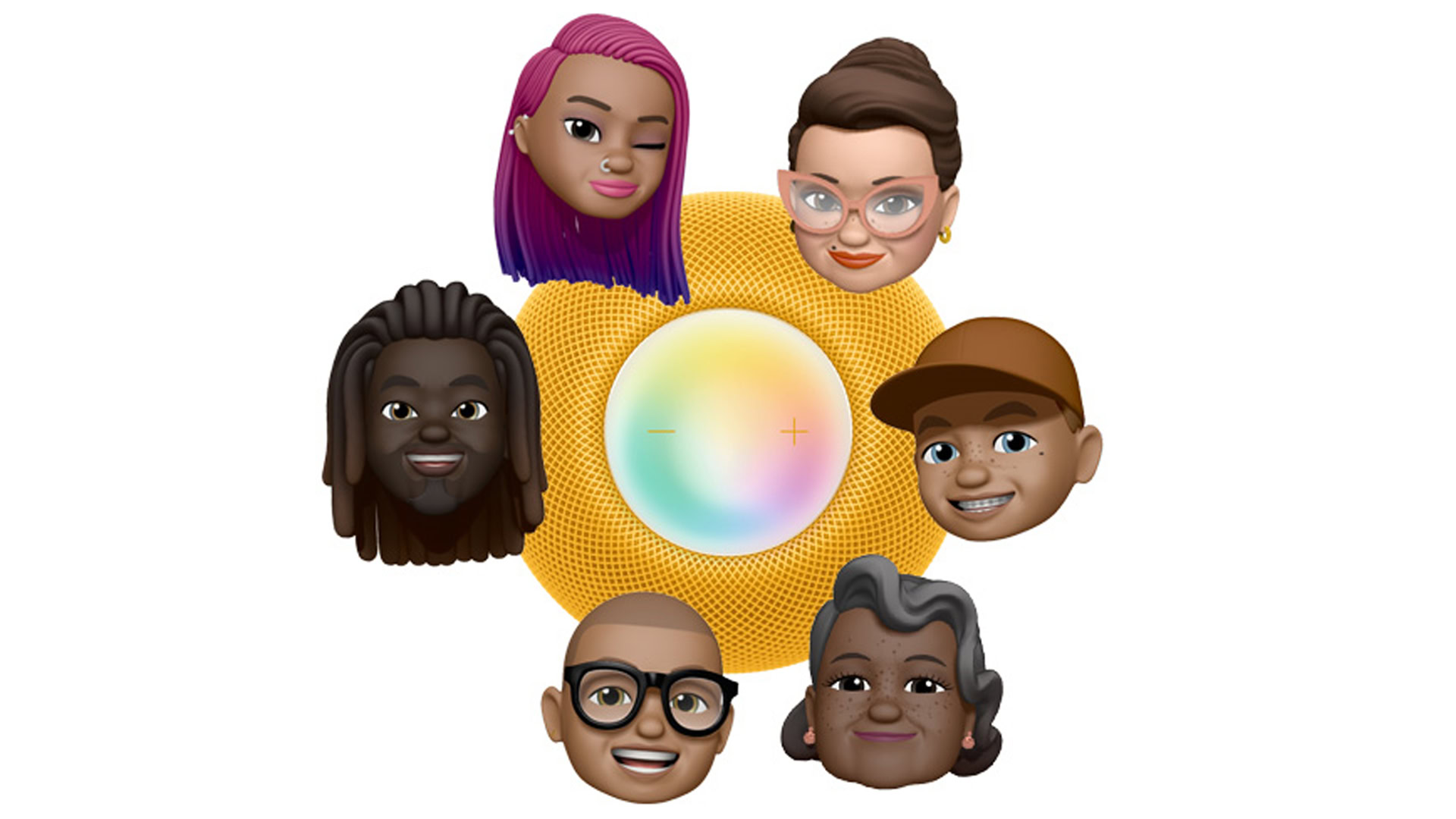
One of the common issues of smart speakers is handling multiple accounts. While it’s usually just one person buying a speaker and setting it up, there are often two or more people using it, each of whom wants access to their own content without it getting mixed up.
HomePods can recognize up to six different voices, one of which is considered the primary user. If Siri doesn’t recognize someone, they’re limited to actions without any personal data. In fact while Siri does default to the primary account for guests listening to Apple Music, their playback doesn’t count towards song history.
Some Siri requests require authentication, and you can disable Personal Requests on a per-HomePod basis. Each of the six recognized users gets access to their Apple Music account (if they have one), as well as calendars, reminders, notes, messages, and Find My tracking. They’ll further be able to make phone calls and control any linked HomeKit accessories.
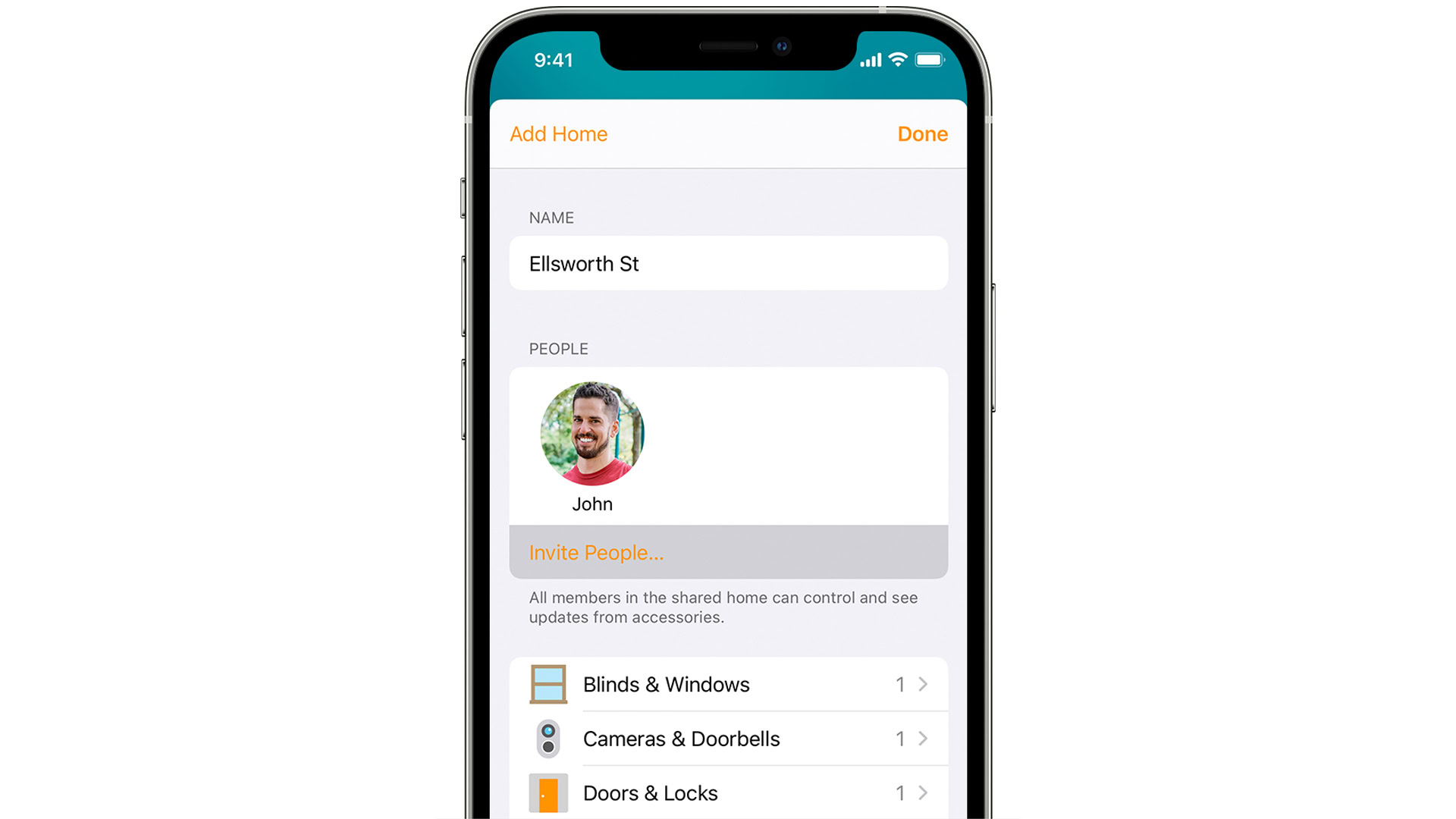
Each voice must belong to someone in the HomePod’s associated HomeKit home, which means those people must also have Apple IDs and be invited to join. You can send invites via the Apple Home app on a homeowner’s iPhone, iPad, or Mac:
- Tap the Home (house) icon in the upper-left. Make sure your home name is already selected, then tap Home Settings at the bottom of the menu.
- Tap Invite People.
- Enter the email addresses connected with incoming users’ Apple IDs. You can enter their names instead if they’re already in your contacts.
- Hit Send Invite, and wait for people to accept on their end.
There are a few other catches — each person must have “Hey Siri” enabled alongside Recognize My Voice, which trains Siri. The latter can be found by tapping on your People profile under Home Settings. You can turn on Hey Siri via the Siri & Search menu in an iPhone or iPad’s Settings app.
Identify a song just by its lyrics

Siri isn’t as powerful as Amazon Alexa or Google Assistant, but it does have a few skills up its sleeve. If you want to play a song but can only remember a few lyrics, you can ask, “Hey Siri, what’s that song that goes [blank],” and Siri will make its best guess. You can follow up by asking to play the song, which will come from your default music service.
Make your HomePod play a sound when Siri’s listening

Every HomePod puts on a light show when Siri hears you and begins working on your voice command. Frequently, though, you won’t be looking at your HomePod while speaking, or the speaker will be positioned somewhere where its lights are useless.
You can make a HomePod play an activation tone by going into its settings (the gear icon) in the Apple Home app. Just toggle Sound When Using Siri.
Set a default music service on HomePod (that isn’t Apple Music)
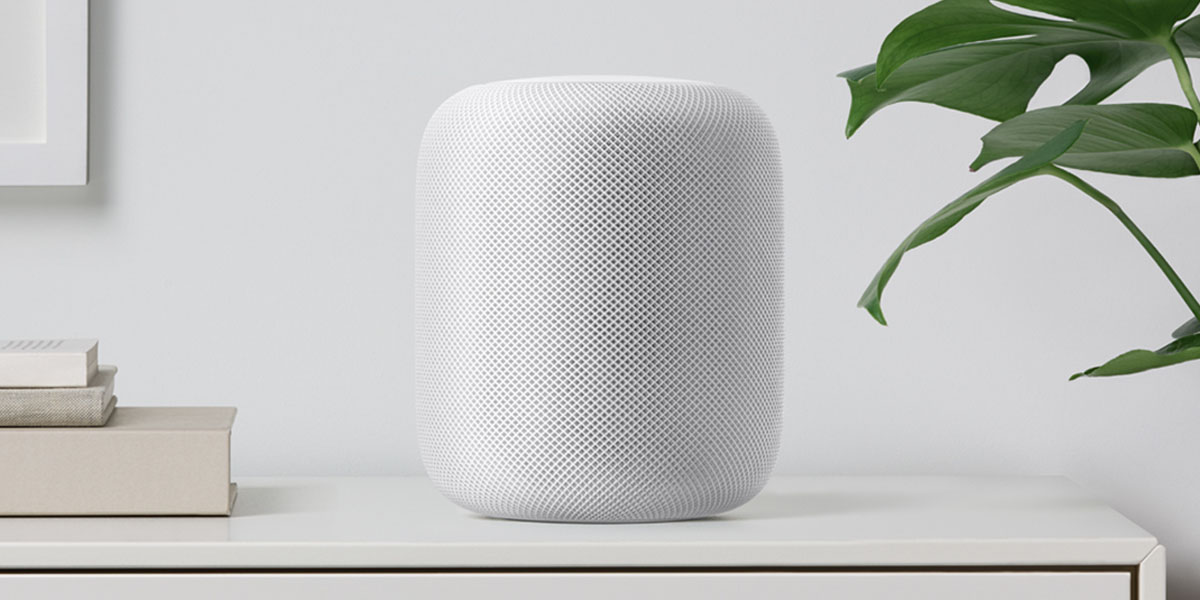
If you’re not into Apple Music, Apple is very slowly expanding the number of default music services you can pick for voice commands. In fact, as of this writing, the only other on-demand (that is, non-radio) options are Deezer and Pandora, leaving out not just Spotify but other familiar names like TIDAL and YouTube Music.
To change your default via the Apple Home app:
- Tap on the Home (house) icon in the upper-left.
- Make sure your home is selected in the drop-down menu, then tap Home Settings.
- Select your name under the Profile header.
- Under Media, choose the service you want to be associated with your ID.
An advantage of this approach is that voice-recognized HomePod users can each have their own services. However, one person will always be the primary user, and (as mentioned) their service will be the default for unrecognized guests. You can switch the primary user via HomePod settings in the Home app.